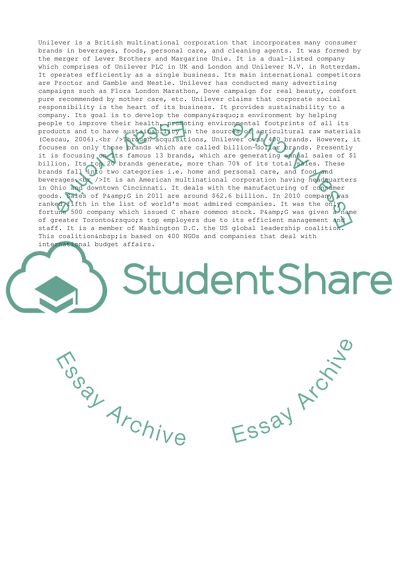Cite this document
(The Competitiveness among Unilever and Proctor and Gamble Term Paper, n.d.)
The Competitiveness among Unilever and Proctor and Gamble Term Paper. Retrieved from https://studentshare.org/business/1760266-henri-fayols-14-principles
The Competitiveness among Unilever and Proctor and Gamble Term Paper. Retrieved from https://studentshare.org/business/1760266-henri-fayols-14-principles
(The Competitiveness Among Unilever and Proctor and Gamble Term Paper)
The Competitiveness Among Unilever and Proctor and Gamble Term Paper. https://studentshare.org/business/1760266-henri-fayols-14-principles.
The Competitiveness Among Unilever and Proctor and Gamble Term Paper. https://studentshare.org/business/1760266-henri-fayols-14-principles.
“The Competitiveness Among Unilever and Proctor and Gamble Term Paper”. https://studentshare.org/business/1760266-henri-fayols-14-principles.


